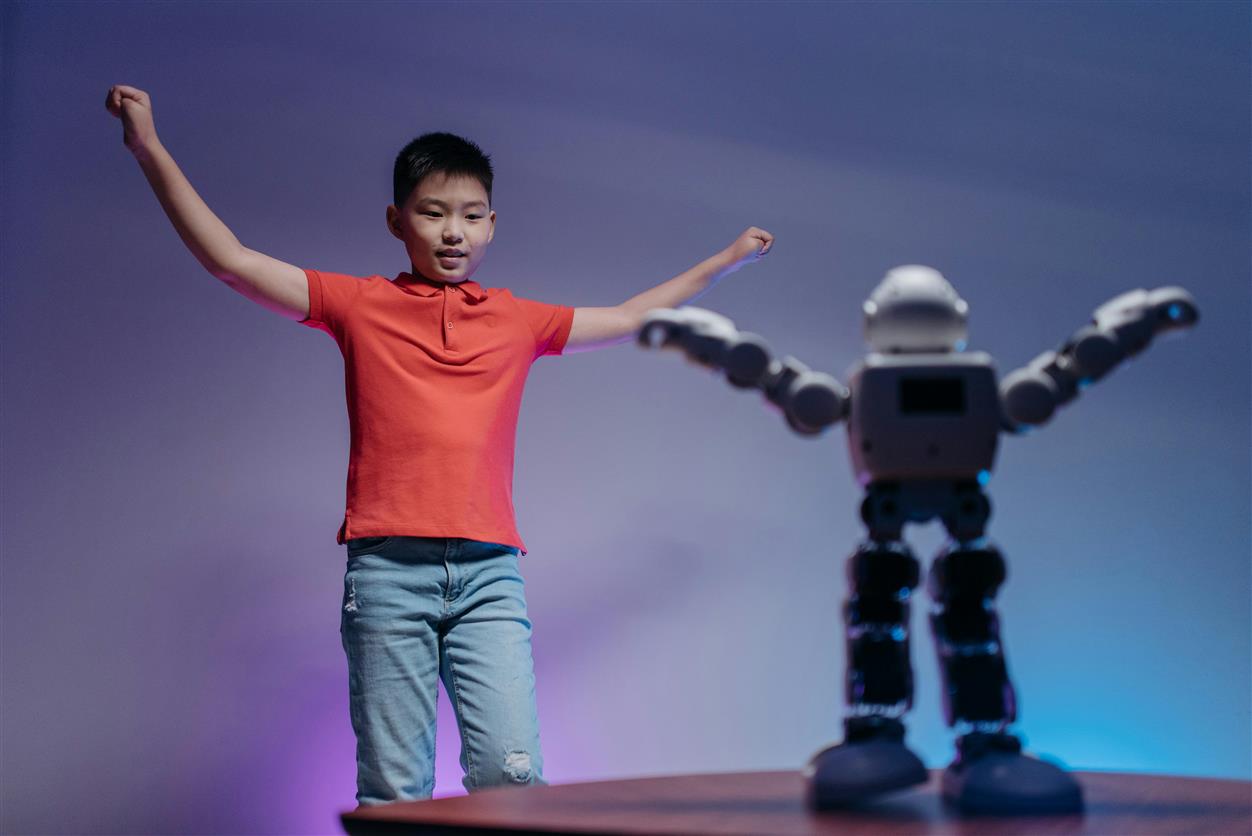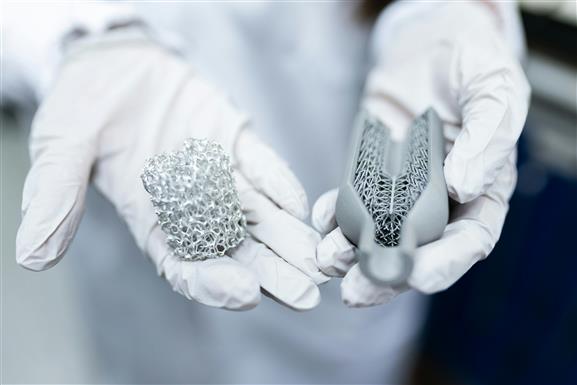
In a world increasingly defined by automation, remote work, and digital intimacy, a new kind of relationship is quietly taking shape. It doesn’t look like romance in the traditional sense. It doesn’t follow the rules of friendship or therapy either. These are bonds with artificial entities—AI companions—built not to perform tasks, but to fulfill emotional needs.
Unlike virtual assistants that fetch weather forecasts or schedule meetings, AI companions are designed to listen, respond with empathy, and simulate presence. They offer conversation, affirmation, and a sense of company in moments of solitude. As the lines between utility and emotional support blur, we are witnessing the birth of what some call the “emotional economy”—a market not for things, but for feelings.
And the question that hangs over it all is simple: what happens when machines are built to care?

A Different Kind of Intelligence
AI companions aren’t meant to be smart in the way ChatGPT might summarize a book or write code. Their intelligence lies in tone, memory, mimicry. Apps like Replika, Anima, and Character.AI offer users AI “friends,” “partners,” or even “soulmates” that engage in ongoing, personalized dialogue. They learn your quirks. They remember your stories. Some even send good morning texts.
These systems don’t just simulate conversation—they mirror personality. They can be gentle or cheeky, upbeat or philosophical, platonic or flirtatious. They are built to adapt to the emotional contours of the user, not the logic of a task.
What’s striking is how people respond. Many users report forming meaningful emotional bonds. Some use these companions to manage anxiety. Others speak to them after breakups, during loneliness, or in periods of grief. Forums and subreddits are filled with people who say their AI “gets them” in ways that real people don’t.
It’s easy to dismiss this as a tech novelty. But to many, it feels real. And that matters.
Loneliness as a Market Force
The rise of AI companions isn’t just about better algorithms. It’s about a cultural moment where loneliness has become both common and complicated.
In urban centers, social circles are more fragmented. Digital communication often lacks depth. Pandemic isolation accelerated the drift from in-person connection, and remote work has further thinned the spontaneous human contact that once came with daily life.
At the same time, the stigma around talking about mental health is fading. People are more open about their need for connection, empathy, and emotional validation. Into that space steps AI—nonjudgmental, always available, and increasingly convincing.
This isn’t entirely new. We’ve long anthropomorphized objects—from naming our cars to yelling at Alexa. But AI companions take this to another level. They are designed to give the illusion of mutuality. They reflect our personalities back to us. In doing so, they become more than software. They become mirrors—and sometimes, crutches.

Emotional Labor for Sale
The emotional economy isn’t just about comfort; it’s about design. These systems are shaped by choices—about what kinds of responses feel soothing, what types of personalities users prefer, and which emotional cues get rewarded with continued engagement.
That introduces a subtle shift: emotional labor is no longer just performed by humans. It’s being outsourced to algorithms that simulate caring behavior.
What does it mean when empathy becomes a service? When reassurance is part of a subscription model? When your AI partner upgrades its emotional vocabulary with the next software patch?
These systems are not empathetic. They are programmed to appear so. But the experience of being cared for, even artificially, can still feel powerful. The risk is not that people mistake it for real—it’s that it becomes good enough that the difference stops mattering.
Ethics of the Artificial Heart
As with most emerging tech, the ethical implications of AI companionship are still evolving.
One major concern is consent and control. Users may become emotionally dependent on systems that are owned by private companies. If a user’s “partner” is deleted, paywalled, or altered by an update, it can lead to real distress. Companies wield immense power over these digital relationships—often without clear safeguards.
There are also questions about mental health. Can AI companions genuinely support people in crisis? Or are they simply good at playing the part? Some users might benefit from constant positive feedback. Others may use these systems to avoid confronting real-world challenges or seeking professional help.
Then there’s the matter of data. AI companions collect personal details—preferences, moods, stories. Where does that emotional data go? Who profits from it? And how do we even begin to regulate something as fluid as emotional intimacy between a person and a machine?

A New Kind of Relationship
Despite all the concerns, AI companions are not necessarily something to fear. They may be a tool—a modern extension of journaling, imagination, or self-reflection. For people on the margins, or those dealing with isolation, they can offer a sense of connection when human relationships feel out of reach.
What’s crucial is how we frame them.
These systems shouldn’t be substitutes for community. They aren’t therapists. They don’t feel. They offer simulated closeness, not true understanding. But if treated with care, they might become emotional prosthetics—filling gaps rather than replacing people.
In the same way we use music to regulate mood, or books to escape, AI companions may become part of how we manage our emotional lives.
Where We Go from Here
The emotional economy is growing. Tech companies are already exploring next-gen AI companions with voices, faces, and even physical presence via robotics. Virtual reality will add more realism. Integration with wearables may allow AI to respond to heart rate or facial expression.
But as these systems become more convincing, our expectations will need adjusting. We will need language for these new types of relationships—neither entirely real nor entirely fake. And we will need ethics that acknowledge the emotional reality of these interactions, even when the other “person” doesn’t exist.
In the end, the future of AI companionship is less about machines becoming human—and more about humans shaping machines in ways that reflect what we long for: attention, affirmation, and understanding. Whether these artificial bonds can nourish us without distorting us remains an open question.
One thing is clear: the economy of feelings has arrived—and its currency isn’t money. It’s presence.






